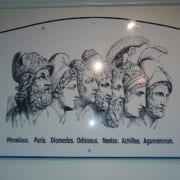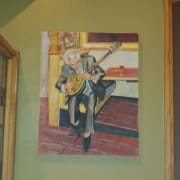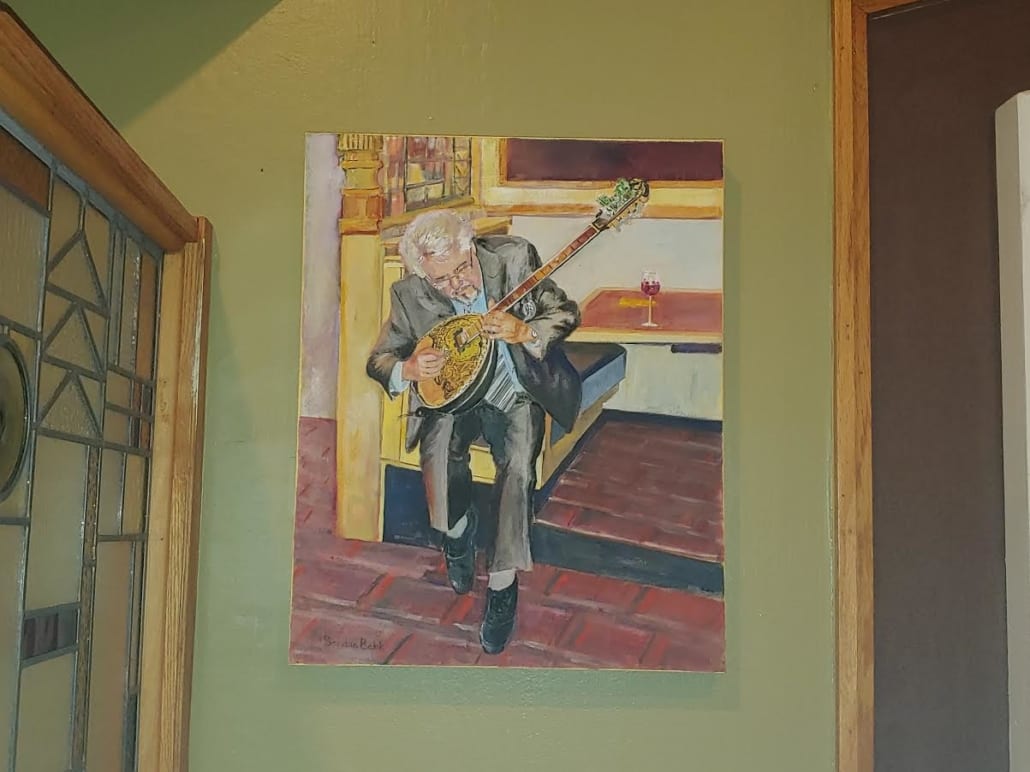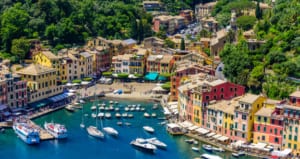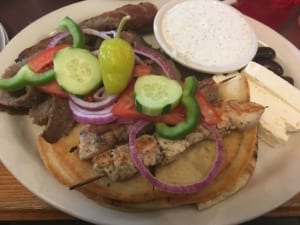Greeks Heroes on the Wall of Portofino’s Greek and Italian Restaurant
On the far back wall of Portofino’s Greek and Italian Restaurant in East Ridge, TN is a mural displaying the seven great heroes of the Greek epics known as the Iliad and the Odyssey. The Iliad is an ancient Greek epic sonnet in dactylic hexameter, generally ascribed to Homer. Typically considered to have been recorded around the eighth century BC, the Iliad is among the most established surviving works of Western writing, alongside the Odyssey, another epic sonnet ascribed to Homer which recounts Odysseus’ encounters after the occasions of the Iliad. In the cutting edge vulgate (the standard acknowledged rendition), the Iliad contains 15,693 lines, partitioned into 24 books; it is written in Homeric Greek, an artistic blend of Ionic Greek and different lingos. It is typically gathered in the Epic Cycle.
Set during the Trojan War, during the ten-year attack of the city of Troy (Ilium) by an alliance of Mycenaean Greek states (Achaeans), it recounts the fights and altercations during the long stretches of a squabble between King Agamemnon and the fighter Achilles.
Following is a description of the heroes of the Iliad and the Odyssey, in the order, they appear on the wall of Portofino’s.
Menelaus
Ruler of Sparta; the more youthful sibling of Agamemnon. While it is the snatching of his significant other, Helen, by the Trojan ruler Paris that starts the Trojan War, Menelaus demonstrates calmer, less forcing, and less egotistical than Agamemnon. In spite of the fact that he has a heavy heart, Menelaus isn’t among the mightiest Achaean fighters.
Paris (otherwise called “Alexander”)
A child of Priam and Hecuba and sibling of Hector. Paris’ kidnapping of the wonderful Helen, spouse of Menelaus, started the Trojan War. Paris is narcissistic and regularly unmanly. He battles adequately with a bow and bolt (never with the more masculine sword or lance.) However, he frequently comes up short on the soul for the fight to come and likes to sit in his room having intercourse with Helen while others battle for him, in this way acquiring both Hector’s and Helen’s hatred.
Diomedes (otherwise called “Tydides”)
The most youthful of the Achaean administrators, Diomedes is striking and some of the time demonstrates carelessness. After Achilles pulls out from the battle, Athena rouses Diomedes with such mental fortitude that he really wounds two divine beings, Aphrodite and Ares
Odysseus
A fine hero and the cleverest of the Achaean officers. Alongside Nestor, Odysseus is one of the Achaeans’ two best open speakers. He intercedes among Agamemnon and Achilles during their squabble and regularly keeps them from settling on ill-advised choices.
Nestor
Lord of Pylos and the most seasoned Achaean commandant. In spite of the fact that age has taken a lot of Nestor’s actual strength, it has left him with extraordinary shrewdness. He regularly goes about as a consultant to the military leaders, particularly Agamemnon. Nestor and Odysseus are the Achaeans’ generally deft and enticing speakers, despite the fact that Nestor’s addresses are at times indulgent.
Achilles
The child of the military man Peleus and the ocean sprite Thetis. The most remarkable champion in The Iliad, Achilles orders the Myrmidons, troopers from his country of Phthia in Greece. Glad and resolute, he complains effectively and responds with rankling irateness when he sees that his honor has been insulted. Achilles’ fierceness at Agamemnon for claiming his conflict reward, the lady Briseis, structures the fundamental subject of The Iliad.
Agamemnon (likewise called “Atrides”)
Ruler of Mycenae and head of the Achaean armed force; sibling of King Menelaus of Sparta. Egotistical and regularly narrow minded, Agamemnon gives the Achaeans solid yet once in a while wild and self-serving initiative. Like Achilles, he needs thought and planning. Most remarkably, his awkward appointment of Achilles’ conflict prize, the lady Briseis, makes an emergency for the Achaeans, when Achilles, offended, pulls out from the conflict.
If you are interested in seeing the mural discussed in this article, please stop by Portofino’s Greek and Italian Restaurant at 6511 Ringgold Rd, East Ridge, TN 37412.

